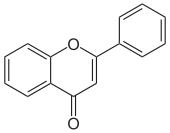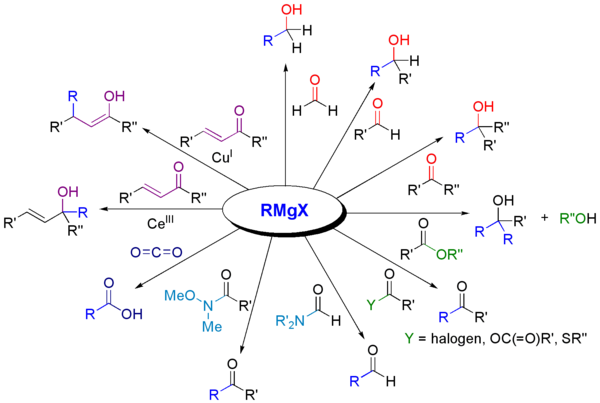A polymer is a macro molecule and it is composed of many subunits.
Synthetic and natural polymers plays vital role in our daily life. Both natural and synthetic polymers are created by polymerization of many small molecules. Polymerization is the method of creating synthetic polymers by combining smaller molecules together by covalent bonds. The term was introduced in 1833 by Jöns Jacob Berzelius. But definition is different from the modern IUPAC definition. The modern concept of polymers as covalently bonded macromolecular structures was proposed in 1920 by Hermann Staudinger, who spent the next decade finding experimental evidence. He was awarded a Nobel Prize in Chemistry in 1953 "for his discoveries in the field of macromolecular chemistry. Polymers are studied in the fields of biophysics and macromolecular science, and polymer science.
Polyisoprene of latex rubber is an example of a natural/biological polymer, and the polystyrene of styrofoam is an example of a synthetic polymer.
Proteins , nucleic acids, and polysaccharides are purely polymeric and these are composed in large part of polymeric components.
A special type of other natural polymers exist, such as cellulose, and these are the main constituent of wood and paper.
The synthetic polymers are more demanded in the world includes polyethylene, polypropylene, polystyrene, polyvinyl chloride, synthetic rubber, phenol formaldehyde resin, neoprene, nylon, polyacrylonitrile, PVB, silicone etc…, .
More than million tons of these polymers are made every year.
Laboratory synthetic methods are generally divided into two categories, step-growth polymerization and chain-growth polymerization. The essential difference from chain growth polymerization.
Reference Click Here
Synthetic and natural polymers plays vital role in our daily life. Both natural and synthetic polymers are created by polymerization of many small molecules. Polymerization is the method of creating synthetic polymers by combining smaller molecules together by covalent bonds. The term was introduced in 1833 by Jöns Jacob Berzelius. But definition is different from the modern IUPAC definition. The modern concept of polymers as covalently bonded macromolecular structures was proposed in 1920 by Hermann Staudinger, who spent the next decade finding experimental evidence. He was awarded a Nobel Prize in Chemistry in 1953 "for his discoveries in the field of macromolecular chemistry. Polymers are studied in the fields of biophysics and macromolecular science, and polymer science.
Polyisoprene of latex rubber is an example of a natural/biological polymer, and the polystyrene of styrofoam is an example of a synthetic polymer.
Proteins , nucleic acids, and polysaccharides are purely polymeric and these are composed in large part of polymeric components.
A special type of other natural polymers exist, such as cellulose, and these are the main constituent of wood and paper.
The synthetic polymers are more demanded in the world includes polyethylene, polypropylene, polystyrene, polyvinyl chloride, synthetic rubber, phenol formaldehyde resin, neoprene, nylon, polyacrylonitrile, PVB, silicone etc…, .
More than million tons of these polymers are made every year.
Laboratory synthetic methods are generally divided into two categories, step-growth polymerization and chain-growth polymerization. The essential difference from chain growth polymerization.
Reference Click Here



